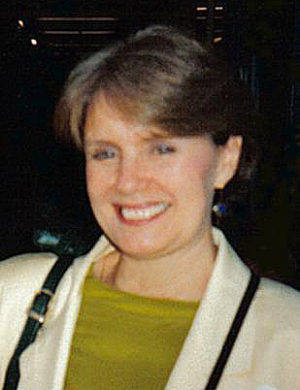
Nancy Huntting, Aesthetic Realism consultant, writes:
In “The Human Self—at Any Age,” children are seen truly, with great new kindness and depth. We learn how they represent humanity, and can have us understand ourselves better, in this magnificent, thrilling current issue of The Right of Aesthetic Realism to Be Known.
The commentary by Ellen Reiss begins:
Dear Unknown Friends:
Here is the final section of the 1953 lecture When Does Evil Begin?, by Eli Siegel. As I have described, it is one in a series he gave presenting his landmark explanation of Henry James’s novella The Turn of the Screw. That work of James has been seen as powerful—and it is; as about evil—and it is. Yet it has bewildered people: what is the evil—and who has and does it?
Mr. Siegel shows what other critics didn’t see—that the two lovely-appearing children, Miles and Flora, are going after evil, have evil. And he explains what no other philosopher or student of mind has seen: where all evil, injustice, cruelty begin. The source of these, Aesthetic Realism makes clear, is contempt: “the lessening of what is different from oneself as a means of self-increase as one sees it.” There is a fight in every person between the desire to have contempt for the world and the desire to like the world honestly, to value accurately and grandly what’s different from us.
In the lecture we’ve been serializing, Mr. Siegel has spoken about some other children in literature as a means of placing Miles and Flora: there are the viciously selfish Ralph Nickleby and Wackford Squeers Jr. from Dickens’ Nicholas Nickleby and the devious Master Blifil from Henry Fielding’s Tom Jones. (These are presented with critical comedy and style by Dickens and Fielding.) Now, in the final section of the talk, Mr. Siegel speaks historically: about Queen Elizabeth I of England as a little girl. She lived from 1533 to 1603. And Mr. Siegel shows that while Blifil, for instance, was deceptive in order to look down on people and aggrandize himself at their expense, Elizabeth was forced by her situation to go for a certain cleverness and even pretense, not out of contempt, not to sneer at people, but because she had to.
It seemed to me that the conclusion of this lecture should be accompanied by something that shows further the greatness of Aesthetic Realism’s understanding of children. A tremendous mistake in the way children largely are dealt with is: there hasn’t been a seeing that the questions children have are the questions all people have. What is present in the thoughts, feelings, and behavior of young people has not been understood because the human self hasn’t been understood. Eli Siegel understood that self—at any and every age.
I have said there is no more beautiful writing on children than his in chapter 9 of Self and World, the chapter titled “The Child.” I’ve brought together some passages from Mr. Siegel’s description there of one child, Luella Hargreaves, and those passages will follow the conclusion of the lecture.I regret very much that I cannot, for reasons of space, present his entire discussion of Luella; what’s here is about a sixth of it. Yet I feel that even in this abbreviated form, something of the kindness and beauty comes through. And so does what humanity needs terrifically: the understanding of the self—ours and a little girl’s….Read more